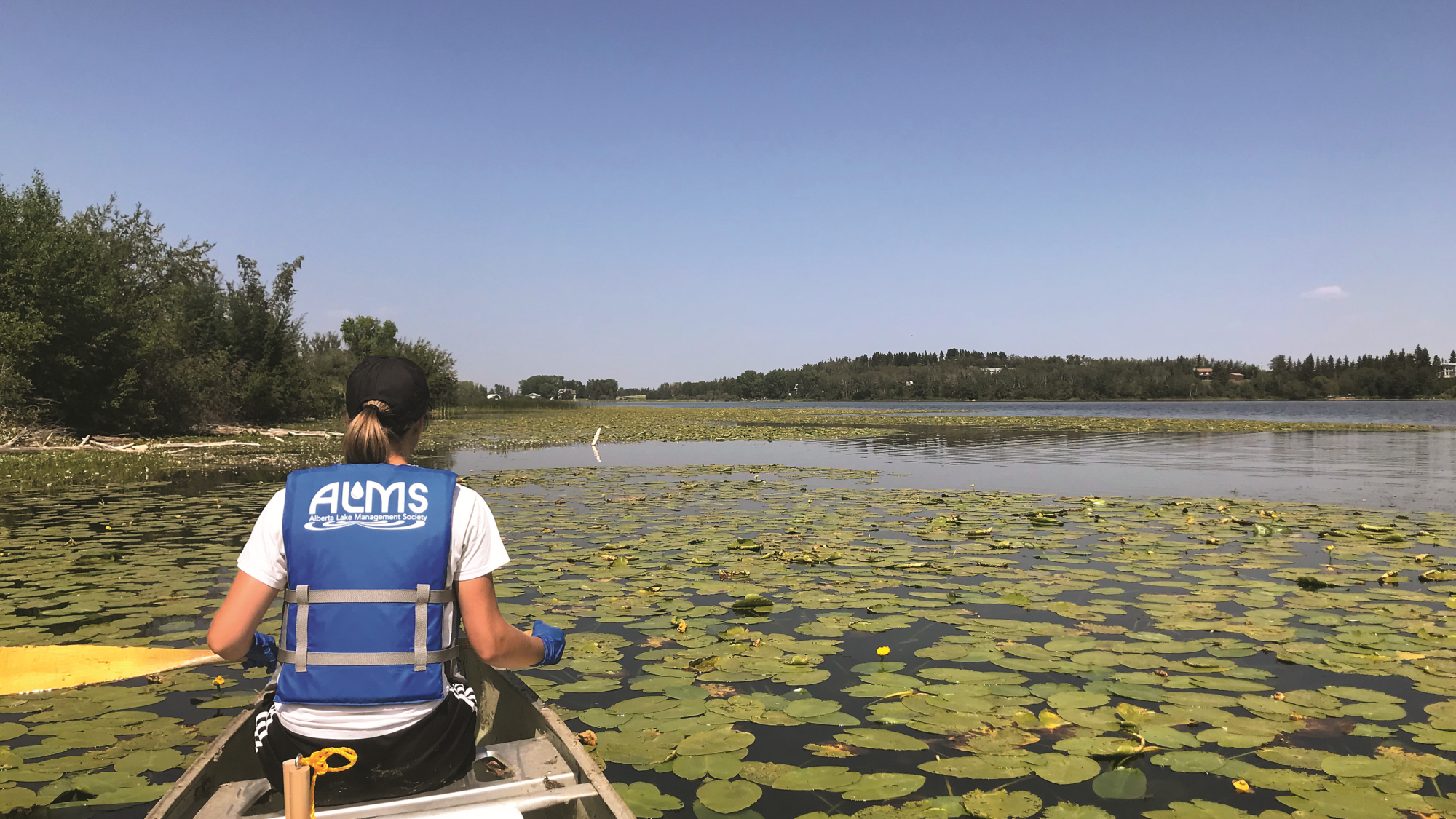Many of us look at a lake in summer and see peace and inspiration—a place for boating, swimming or just a little bit of relaxation. For others, the relationship goes much deeper. When Max Abraham looks out across Saskatchewan’s Pike Lake, about 20 minutes south of Saskatoon, he sees home.
“You look at it a little differently when you live there,” he says. Abraham and his neighbours take pride in the habitat they share with walleye, pike, perch and other species. These folks recognize that their lake is a vital resource that sustains wildlife and provides food as well as opportunities for recreation—and they work hard to keep it that way. Abraham, a retired school principal with a passion for the outdoors and the environment, does his part with the Pike Lake Cottage and Watershed Association. As a former president of the association, he has volunteered alongside his community to monitor water levels, rehabilitate the shoreline and raise funds for their initiatives.
They also collaborate with the local water security agency and scientific community to study the lake and participate in watershed planning. All these projects rely on data, mostly collected by residents. “Almost everyone who lives out here has been a volunteer at some point,” he says.
Across Canada, volunteer stewards play an essential role in their communities. They dedicate time and knowledge to ensure that the ecological health of lakes, rivers and waterways is preserved. They advocate, fundraise and do community outreach—or become citizen scientists monitoring algae bloom and invasive species, measuring levels and testing water quality.
Concerned about the consequences of phosphorus runoff into Lake Winnipeg, Carla Keast decided to volunteer with the Lake Winnipeg Community-Based Monitoring Network. She collects water samples at locations along Truro Creek, which flows southward into the Assiniboine River toward Winnipeg. Keast focuses on contributing to a solution, one step at a time. “I love that I am collecting materials that generate data, and that data is going to contribute to identifying phosphorus hot spots, which is going to help target phosphorus-reduction efforts.”
She also loves spending time outside. “There are always hawks, ducks, red-winged blackbirds and, sometimes, foxes.” She’s often approached by people interested in what she’s collecting and why. If the efforts of stewards like Keast and Abraham are curious to casual interlopers, they’re not lost on officials. Working with and learning from lake stewards is the best part of his job, says Bradley Peter, executive director of the Alberta Lake Management Society (ALMS), which is responsible for delivering community-based monitoring programs. Peter got involved with the organization as a summer student collecting data. “We leverage the power of the people and the landscape,” he says.
Volunteers working with Peter logged 1,100 hours collecting water-quality data in 2022. This shared information is stored in databases for overarching watershed authorities and governments—a growing repository of information for researchers and policy-makers who use it to make decisions about the country’s natural resources.
The more people help, the more robust—and compelling—the data will be. “Don’t assume someone is already doing it,” says Peter. “It isn’t always the case.” With 20 percent of the world’s freshwater resources in Canada’s care, we’re all responsible for the life-sustaining health of our lakes—one sample at a time.
ENVIRONMENTAL AGRICULTURE
How Alberta’s egg farmers are leading the way when it comes to sustainability.
Ways to Help Maintain Lake Health
Reduce the use of high-phosphorus fertilizers and detergents that can encourage the overgrowth of lake algae and aquatic plants.
Go slow when boating near the shoreline—the wake can cause erosion.
Don’t flush medications or chemicals down the toilet.
Preserve existing shoreline vegetation. It helps fend off erosion, filters water and prevents flooding.
Keep septic systems clean and sealed to prevent pathogens from seeping into groundwater.
